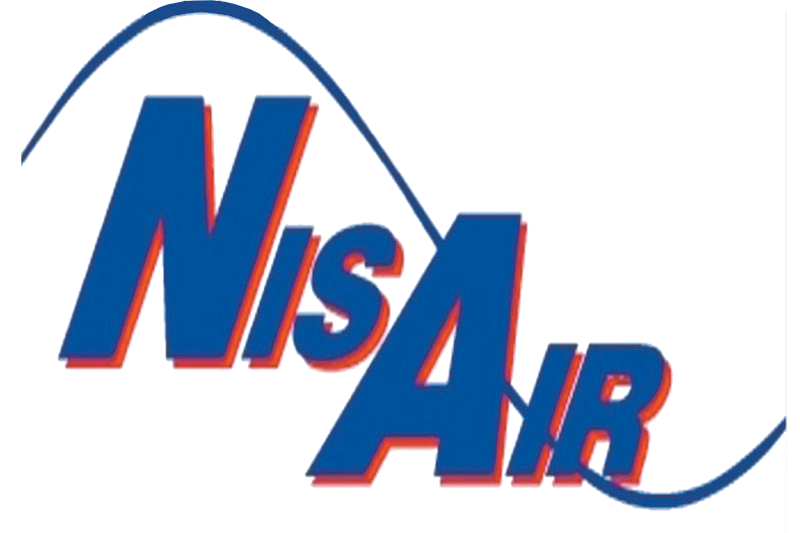Don’t Fall for These 6 Myths About Saving Energy
You’re doing your best to save energy, but your bills are still too high. Why does keeping your home comfortable cost so much? It may partly be due to the fact that you’re buying into a number of myths that actually cost you more, rather than saving energy. Here are six of those myths, exposed.
- Ceiling fans cool the air. It’s true that you can use ceiling fans with your HVAC system to help with saving energy. But they don’t actually cool the air; they merely recirculate it. The wind chill factor makes the air feel cool against your skin. Running a ceiling fan in an empty room does nothing but waste energy.
- Closing vents saves energy. No one’s in the living room, so you close the vents to avoid pumping conditioned air into an empty space. In reality, all this does is throw off the balance in your home, forcing your HVAC system to work harder to compensate.
- Cranking up the thermostat means faster heat. Whether the thermostat is at 75 or 95, your HVAC system delivers the same amount of air. Turning up the thermostat doesn’t heat the room quicker, but only forces the thermostat to run longer, wasting energy.
- Fireplaces warm a room. It’s true that fireplaces provide heat. But with the damper open, they also let in outside air. The area around the fire may be warm, but the room itself gets colder in the meantime.
- Keeping electronics running saves energy. Many people think turning computers and other devices on and off with every use wastes extra energy. In fact, modern energy-saving appliances work more efficiently than that. It’s better to power them down when you’re not using them than to let them run.
- Turning off appliances powers them down. Many modern appliances continue to draw energy even after being turned off. Unplug devices like laptops, televisions, and cell phones when you’re not using them to keep these energy vampires at bay.
For more tips on saving energy, contact us at NisAir Air Conditioning and Heating. We proudly serve the Palm Beach County area’s heating and cooling needs.

